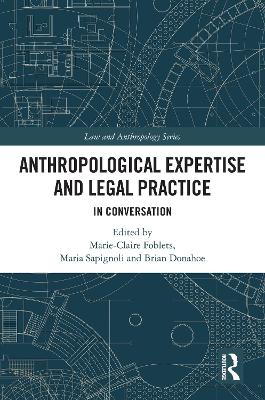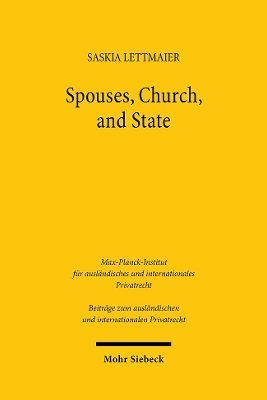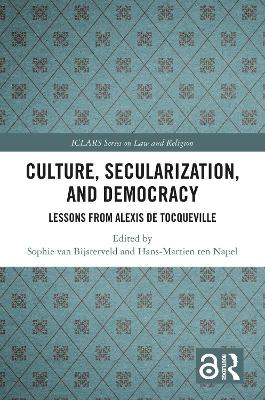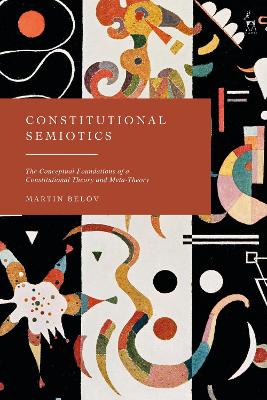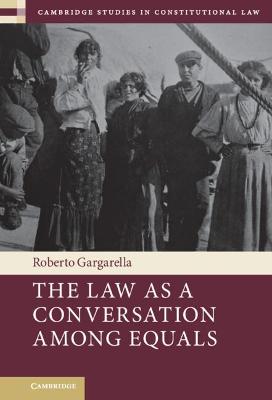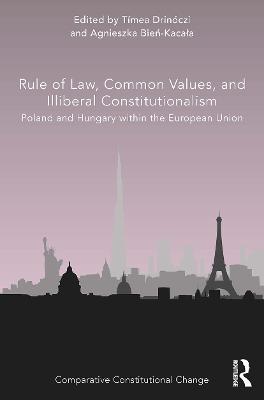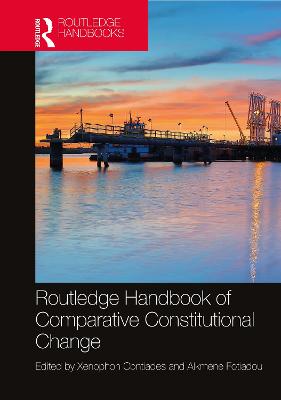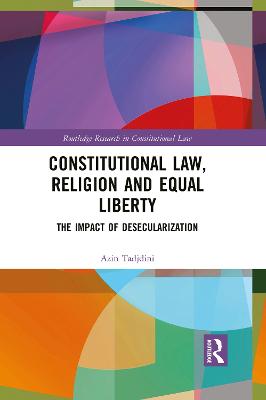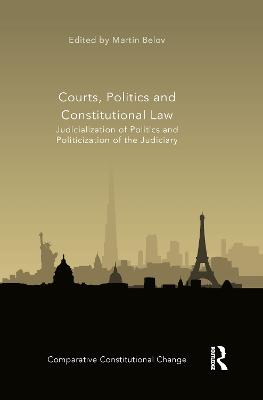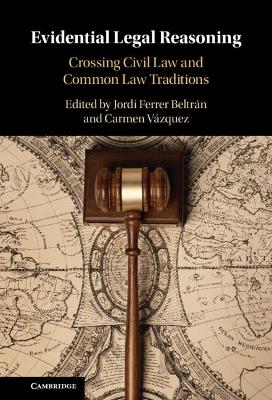Proportionality and Facts in Constitutional Adjudication
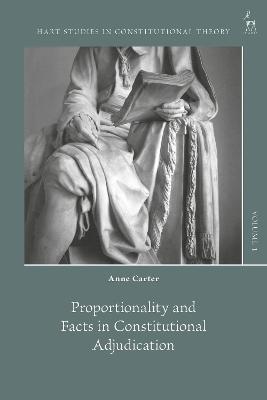 portes grátis
portes grátis
Proportionality and Facts in Constitutional Adjudication
Carter, Anne
Bloomsbury Publishing PLC
01/2022
224
Dura
Inglês
9781509936984
15 a 20 dias
490
I. Proportionality and Facts
A. What is Proportionality?
B. Proportionality in Australia
C. Why Facts Matter
II. The Aim and Scope of this Book
III. Methodology and Comparative Context
A. Choice of Comparators
B. The Australian Constitutional Framework
C. The Comparative Context
IV. The Structure of the Book
2. The Fact-Dependent Nature of Proportionality
I. Proportionality: A Structured Approach
A. Legitimate Aim
B. Suitability
C. Necessity
D. Balancing
II. The Nature of Proportionality Reasoning
A. Types of Decisions Involved in Assessing Proportionality
B. Factual Elements in Proportionality
III. Conclusion: Proportionality and Facts
3. Understanding Facts
I. What are Facts?
II. Classifying Facts
A. Kenneth Culp Davis and the Distinction between Adjudicative Facts and Legislative Facts
B. 'Legislative Facts' and their Alternatives
C. Evaluating the Categories
III. Facts and Proportionality
A. The Suitability Stage: Purpose and Rational Connection
B. The Necessity Stage: Predictions and Counterfactuals
C. Balancing and Facts
IV. Conclusion
4. Proportionality and Facts in Comparative Perspective
I. Proportionality Compared
II. Recognising Facts?
A. The Relevance of Facts
B. Differentiating Facts: The Various Stages of Proportionality Analysis
III. Finding Facts?
A. Informing the Court
B. Deference to the Legislature
IV. Conclusion
5. Proportionality in Australian Constitutional Law
I. The Australian Adoption of Proportionality
II. The Development of Proportionality
A. The Development of Different Tests
B. 'Appropriate and Adapted' versus 'Proportionality'?
C. McCloy and the Advent of Structured Proportionality
III. Evaluating Proportionality
A. Balancing
B. Levels of Scrutiny
IV. Conclusion
6. The Factual Basis of Proportionality in Australia
I. Recognising Facts
II. Facts and the Framing of Constitutional Tests
A. Reasonably Capable of Being Considered Appropriate and Adapted
B. Reasonably Appropriate and Adapted
C. Reasonably Necessary
D. Structured Proportionality
III. The Correlation between Proportionality and Facts?
IV. Conclusion
7. Procedural Implications
I. The High Court's Existing Approach: Limitations and Unresolved Issues
A. High Court Procedures and their Limitations
B. Unresolved Issues
II. Recognising Facts: Implications for Procedure
A. The Suitability Stage
B. The Necessity and Balancing Stages
III. Changing Facts and the Problem of Precedent
IV. Conclusion
8. Conclusion: Why Facts Matter
I. Proportionality and Facts
A. What is Proportionality?
B. Proportionality in Australia
C. Why Facts Matter
II. The Aim and Scope of this Book
III. Methodology and Comparative Context
A. Choice of Comparators
B. The Australian Constitutional Framework
C. The Comparative Context
IV. The Structure of the Book
2. The Fact-Dependent Nature of Proportionality
I. Proportionality: A Structured Approach
A. Legitimate Aim
B. Suitability
C. Necessity
D. Balancing
II. The Nature of Proportionality Reasoning
A. Types of Decisions Involved in Assessing Proportionality
B. Factual Elements in Proportionality
III. Conclusion: Proportionality and Facts
3. Understanding Facts
I. What are Facts?
II. Classifying Facts
A. Kenneth Culp Davis and the Distinction between Adjudicative Facts and Legislative Facts
B. 'Legislative Facts' and their Alternatives
C. Evaluating the Categories
III. Facts and Proportionality
A. The Suitability Stage: Purpose and Rational Connection
B. The Necessity Stage: Predictions and Counterfactuals
C. Balancing and Facts
IV. Conclusion
4. Proportionality and Facts in Comparative Perspective
I. Proportionality Compared
II. Recognising Facts?
A. The Relevance of Facts
B. Differentiating Facts: The Various Stages of Proportionality Analysis
III. Finding Facts?
A. Informing the Court
B. Deference to the Legislature
IV. Conclusion
5. Proportionality in Australian Constitutional Law
I. The Australian Adoption of Proportionality
II. The Development of Proportionality
A. The Development of Different Tests
B. 'Appropriate and Adapted' versus 'Proportionality'?
C. McCloy and the Advent of Structured Proportionality
III. Evaluating Proportionality
A. Balancing
B. Levels of Scrutiny
IV. Conclusion
6. The Factual Basis of Proportionality in Australia
I. Recognising Facts
II. Facts and the Framing of Constitutional Tests
A. Reasonably Capable of Being Considered Appropriate and Adapted
B. Reasonably Appropriate and Adapted
C. Reasonably Necessary
D. Structured Proportionality
III. The Correlation between Proportionality and Facts?
IV. Conclusion
7. Procedural Implications
I. The High Court's Existing Approach: Limitations and Unresolved Issues
A. High Court Procedures and their Limitations
B. Unresolved Issues
II. Recognising Facts: Implications for Procedure
A. The Suitability Stage
B. The Necessity and Balancing Stages
III. Changing Facts and the Problem of Precedent
IV. Conclusion
8. Conclusion: Why Facts Matter



